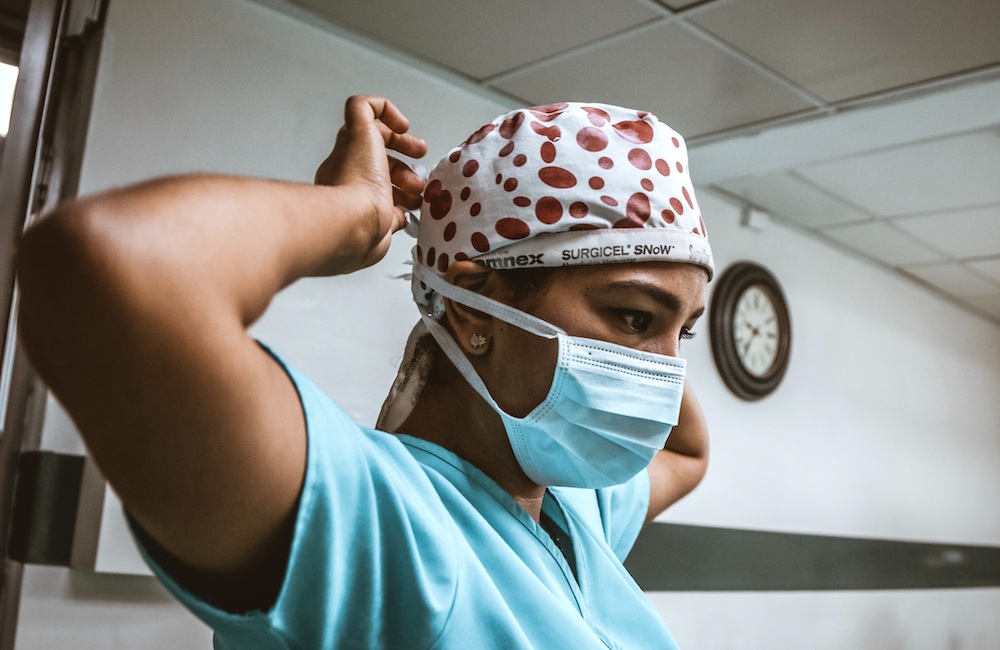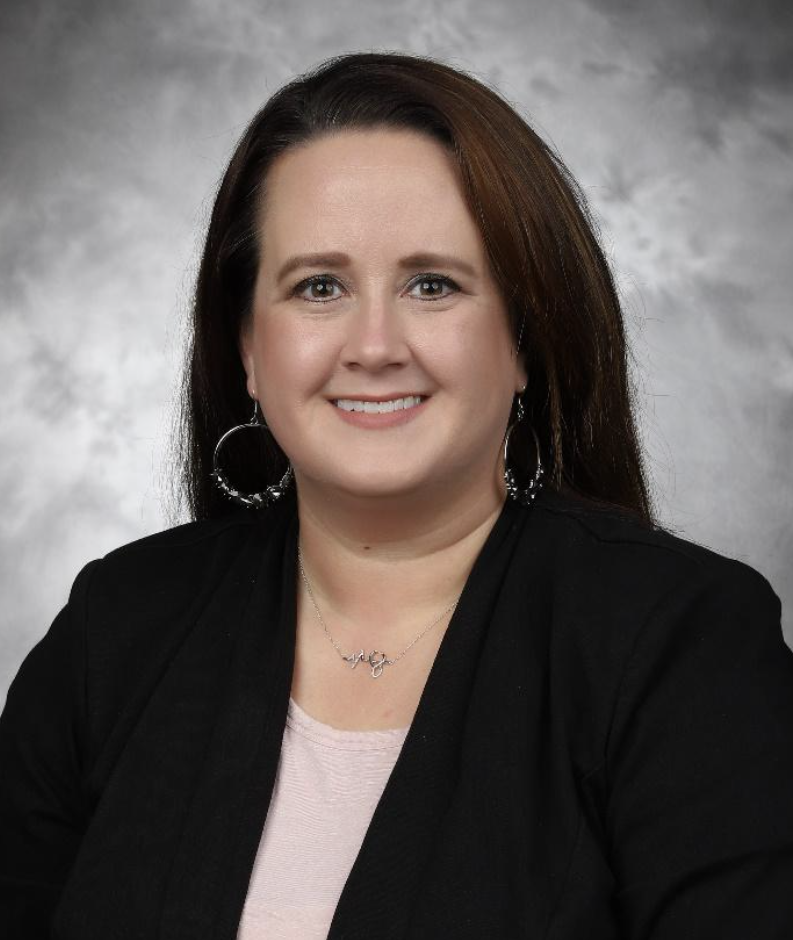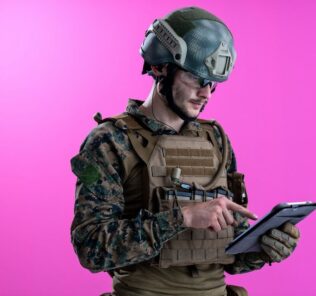How Healthcare Simulation Has Helped Bridge Gap in Post-COVID Nursing Education
The COVID-19 pandemic has presented many obstacles to healthcare simulation educators and learners. Having worked at the bedside for 18-years Shelli Ellis DNP, NE-BC, shared that the first six months of the pandemic, which she spent in the COVID-19 unit, were the harvest of her life. Having worked as adjunct faculty at a local nursing school, she began to see a clear gap. How well was clinical simulation serving learners during the pandemic? This article details her observations on the impact of learners graduating, as they have experienced primarily virtual education during this period.
During the onset of the coronavirus pandemic, nurses at the bedside were having to learn so many new things that when nursing learners were allowed back into the clinical setting, the staff didn’t know what to do with them. There was such a hard push to have everyone removed from the clinical setting that was not essential, including these learners. “No, you cannot go in there. No, you cannot see that. No, no, no…” This was no one’s fault, in particular, just a “new normal” that everyone was trying to figure out.
There were many obstacles, one being how to continue healthcare education, while keeping staff and learners safe. Imagine just being accepted into nursing school in January 2020. The learners were to attend class from January to spring break. Then at spring break, they were told there would be one more week of break, then the second week of break, and then that everything is going online.
Sponsored Content:
By the Spring of 2020, learners had not seen each other face-to-face for roughly six months. These learners were sent home and told they would now be able to return. Faculty and instructors struggled to come up with ways to effectively continue training for these learners. As COVID-19 affected learners completing traditional clinicals, this is when healthcare simulation became a clear necessity and proved that clinical simulation should not be an afterthought in education, but should be solidified as a gold standard.
Ultimately, many of these learners were not able to step foot inside a hospital until summer 2021, if they were lucky. There were many learners facing this reality, and if they were fortunate enough to have entered a hospital, they still may have not been allowed to touch patients or go on many units. What’s important to note is that these are now these exact learners beginning to enter the workforce, under educational pretenses never before seen.
Having to maneuver through what COVID threw at the healthcare system forced hospital staff to learn how to adapt to new, everyday challenges. Yet, what was realized at the beginning was that institutional education had to change. The word “change” is a hard word for many healthcare professionals to hear, but the traditional educational format was no longer working. However, healthcare simulation and virtual reality became game-changers. With the push for a virtual environment, learners and faculty had the means to figure out how to fill the educational gap.
Personally, having had the opportunity to allow these nursing learners to be able to continue learning through healthcare simulation during the pandemic has been beneficial – especially with the staffing shortage that most hospitals experienced and continue to experience. One recent graduate of a community college nursing school program that I spoke with explained that she is petrified to go enter the workforce. She stated, “I just don’t feel ready. I feel like everything I have done has been on a manikin.”
Sponsored Content:
This next year or two will ultimately provide researchers with data on how well healthcare simulation really works in terms of clinical training. To retain these new nurses and to retain currently experienced nurses, several strategies must be employed. The next big question is are these learners truly ready to be nurses? Will they be as good or even better than nurses in the past? Will these nursing learners be ready to provide patient care? Will preceptors become frustrated at the bedside?
Related Healthcare Simulation COVID-19 Articles
-
- Impacts of COVID on Healthcare Simulation Global Survey Results
- Covid 2.0: Is Your Clinical Simulation Program Ready?
- The Best Ways to Reopen a Simulation Center During COVID-19
- Latest Medical Simulation Research Focused on COVID-19
- Rapid Deployment of In Situ Simulation during COVID-19 for Caregiver Safety
The quality of clinical simulation depends on the outcomes of these new nurses entering the workforce. With medical simulation acting as a small part of most nursing school curricula prior to the pandemic, determining how these learners will perform is challenging. Using high-fidelity simulators is not an option for all nursing programs. Some larger nursing programs may have high-fidelity simulators, but too many learners are able to have ample time with the simulator.
Nurses entering the field this year will be a different cohort than ever seen before. There will be some learning curves for seasoned nurses who are coaching these new nurses. There will also be some teaching adjustments that will need to be done from a nurse educator’s perspective.
Several randomized control trials have measured the impact of virtual simulation on objective learning outcomes, such as knowledge acquisition, clinical reasoning, and clinical skill performance in undergraduate nursing students (Gu et al., 2017; Liaw et al., 2014; Padilha et al., 2019). These studies have relayed some evidence that learners could gain clinical competencies in both traditional and simulation environments (Fung et al., 2021).
The question that needs to be answered is, how well will these learners and new nurses be ready to work at the bedside with little hands-on clinical experience? The pandemic has highlighted several opportunities and challenges going forward. One positive note is that clinical simulation helped support healthcare education. Moving forward healthcare simulation needs to be thought of as a must, not a mere enhancement.
More COVID-19 Healthcare Simulation Resources
Dr. Shelli Ellis, DNP, NE-BC, is the Nurse Professional Development Specialist for Baylor Scott & White Health in Temple, Texas. Her career focus has been nursing leadership and medical education. Dr. Ellis has recently graduated with her Doctorate of Nursing Practice from the University of Texas at Arlington in Arlington, Texas. Starting in nursing in 2001 serving the profession and making it better every day has been a goal of Dr. Ellis. When not at work she loves spending time with her husband and two children in Central Texas.
Sponsored Content:




















